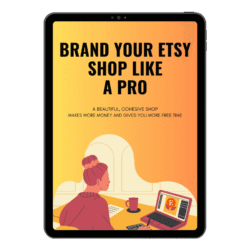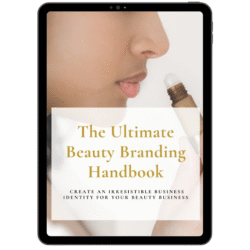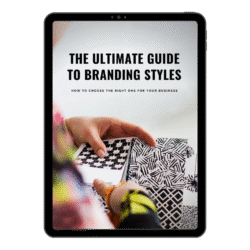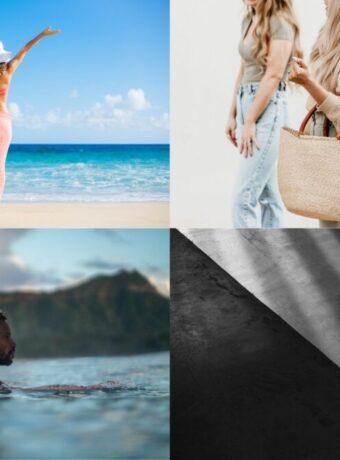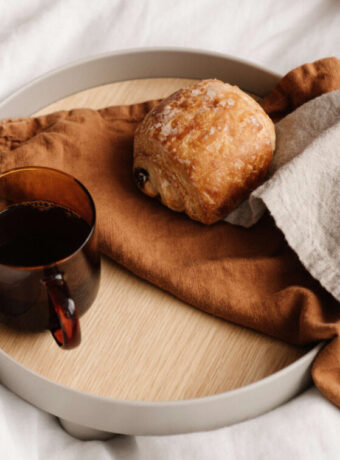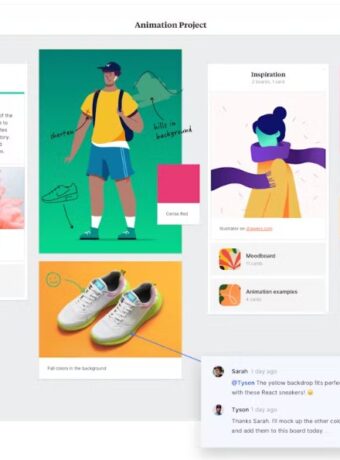Brand Design 4: How To Style A Luxury Branding
Learn how to combine premium materials with the right visuals and luxurious color palettes to convey the brand’s message of luxury and exclusivity, creating branding that gives the audience an impression of an exclusive luxury brand.

Understanding color psychology is crucial in selecting the right visuals and luxurious color palettes to create branding that gives the audience an impression of an exclusive luxury brand.
Learn EVERYTHING about seasonal design and much more you will love, HERE: Creative Access.
Brand Design 4 shows how Group 4 (luxury branding) visuals are suitable for attracting people looking for a high-end, exclusive product.
Luxury product or service branding style is often associated with premium prices and high-end businesses and is designed to convey a strong and exclusive image to customers.
Upscale brands are characterized by their use of sharp lines, bold geometric patterns, and a cool color palette, which conveys a sense of exclusivity, sophistication, and self-assurance.
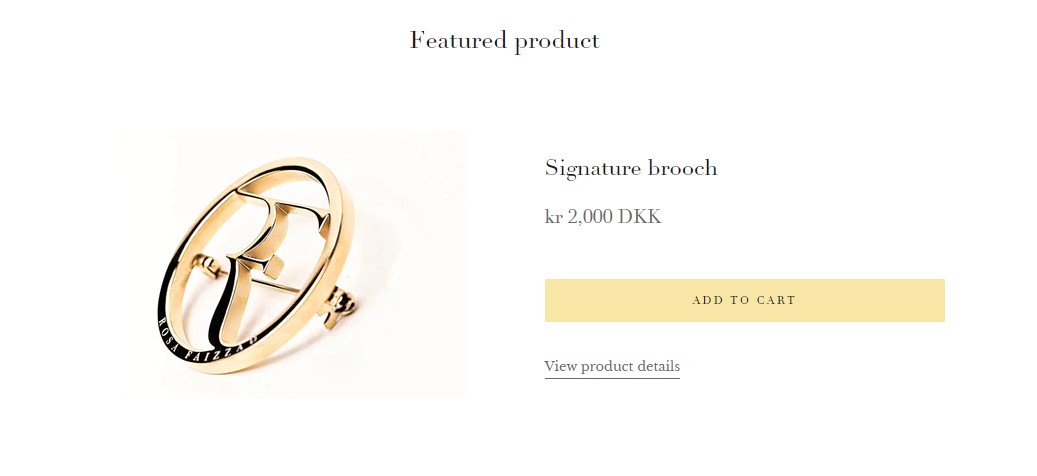
rosafaizzad.com high-end brand
What Is the Concept Of Luxury Branding?
Luxury branding is a marketing strategy that involves crafting and promoting a brand as ‘luxury’ to attract a specific consumer market that values exclusivity, superior, high-quality materials, and high-end aesthetics.
Luxury brands are often associated with premium prices, exceptional craftsmanship, and high-quality products, along with a high level of detail and sophistication.
The concept of true luxury branding extends beyond just the product or service. It encapsulates the entire experience of purchasing and owning a luxury item. From the initial discovery of the brand, through the buying process, to the usage and even after-sales service, every aspect is designed to make the luxury customer always feel unique and privileged.
Incorporating luxury colors into web design and branding can significantly enhance this experience by evoking emotions of sophistication and elegance, while a well-planned visual hierarchy ensures that the most important visual elements capture the viewer’s attention first.
Luxury brands often have a rich history and heritage, and they frequently emphasize these elements as a part of their brand narrative.
Storytelling becomes crucial in luxury marketing and branding, as it helps to build an emotional connection with beauty products among consumers, thus justifying the high price tag.
Selecting luxury hues that evoke richness and opulence is essential in reflecting the brand’s values and creating a timeless visual identity.
Exclusive Access
Further, most luxury brands often employ strategies like exclusive events, limited availability, or exclusive access to certain products to enhance their perceived value and desirability.
It’s important to note that luxury branding requires maintaining a careful balance. While it’s necessary to evolve and innovate to stay relevant, luxury brands must also stay true to their roots and core brand values to maintain their status and appeal to their dedicated clientele.
Finally, luxury branding is about selling more than just a product or service.
It’s about selling a lifestyle, a status symbol, and an identity, making it a powerful tool in the world of marketing and brand strategy.
Luxury Branding Personality Is Best For These Luxury Branding Examples:
High-end, reserved, dramatic businesses.
Exclusive style is adaptable and can be employed by a variety of businesses that desire to focus on exclusivity, luxury, and bold self-confidence.
Some examples include:
- Luxury fashion and accessories: High-end clothing, jewelry, and accessory brands that emphasize quality, and sophistication can benefit from the bold, dramatic, and luxurious elements. A jewelry brand like Tiffany & Co. can benefit from bold, dramatic, and luxurious elements. Achieving color harmony in their branding can further enhance the perception of quality and sophistication.
- Premium automotive and technology: Luxury car manufacturers and cutting-edge technology companies that create exclusive, high-performance products can utilize confident, powerful, and clean aesthetics.
- Financial institutions and law firms: Banks, investment firms, and law practices that convey trust, stability, and professionalism can adopt the self-assured, sharp, and minimalist aspects.
- Luxury real estate and hospitality: Upscale hotels, resorts, and real estate companies that target affluent clientele and offer exceptional services can use exclusive, dramatic, and luxurious elements. The use of dark blue can highlight the luxurious and regal qualities of these properties.
- High-end art galleries and museums: Cultural institutions that showcase exclusive and valuable art pieces or artifacts can employ confident, powerful, and clean lines.
- Exclusive private clubs and services: Membership-based clubs, concierge services, and other luxury service providers that cater to an elite clientele can benefit from the self-assured, dramatic, and elegant aspects.
- Premium cosmetic and skincare brands: High-end beauty brands that focus on luxury, and sophistication can utilize the bold, clean, and minimalist design elements.
Curated color palettes are particularly appealing to interior designers working with luxury brands.
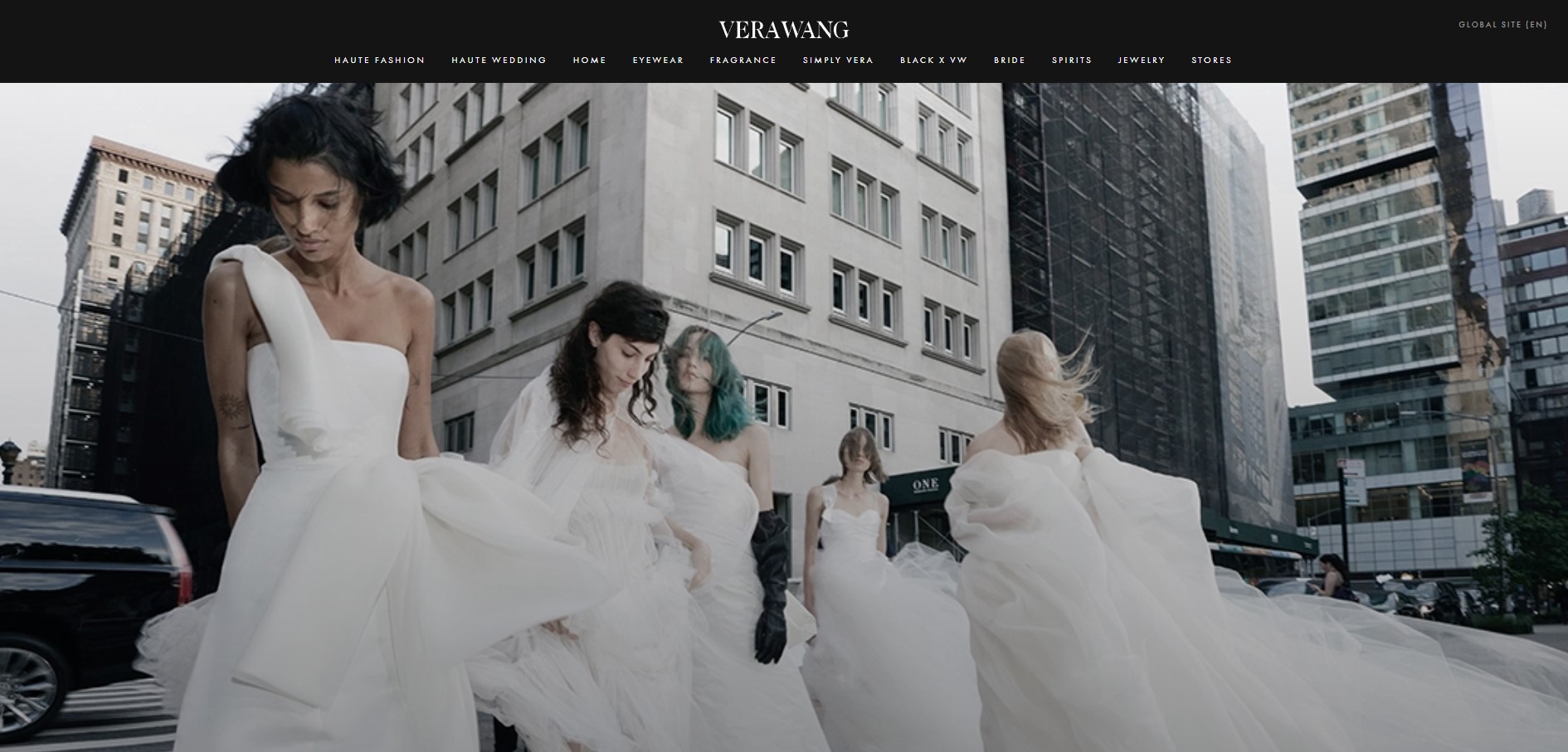
Vera Wang luxury identity
Luxury Branding Keywords
Have you written down 3-5 keywords that best describe your project or brand?
Can you find them all here? If yes, then Group 4 might be the one that best suits your project, and it is time to start collecting ideas for your visuals.
Luxury Products’ Visual Marketing Style
Outstanding, confident, luxurious, inflexible, intense, dramatic, glamorous, practical.
The right color contrast can create specific feelings and associations, such as rejuvenation, warmth, sophistication, and a sense of quiet luxury. The right color scheme can create specific feelings and associations, such as rejuvenation, warmth, sophistication, and a sense of quiet luxury.
Many luxury branding examples demonstrate the effective use of color contrast to create feelings of sophistication and exclusivity.
Neutral hues are essential for capturing upscale elegance and providing a canvas to highlight luxury hues without overwhelming the entire look.
Shapes And Textures For Luxury Brands
This design style emphasizes shapes and textures that convey a sense of bold confidence and contribute to a instantly recognizable, brand identity.
Geometric patterns
- Geometric shapes such as squares, triangles, circles, and other angular forms. These patterns give a sense of regularity, clarity, and precision, contributing to an overall impression of elegance and sophistication. Achieving the right color balance in these patterns can further enhance the brand’s exclusivity and luxury.
Strong and straightforward patterns
- The patterns are typically bold, unambiguous, and well-defined. They often employ clean lines and sharp edges, creating a visually striking and memorable impact that highlights the brand’s exclusivity and luxury.
Sharp shapes and forms:
- The shapes and forms are characterized by crisp, sharp angles and contours. This design choice further emphasizes the brand’s confident and self-assured personality, as well as its focus on precision and high-quality craftsmanship.
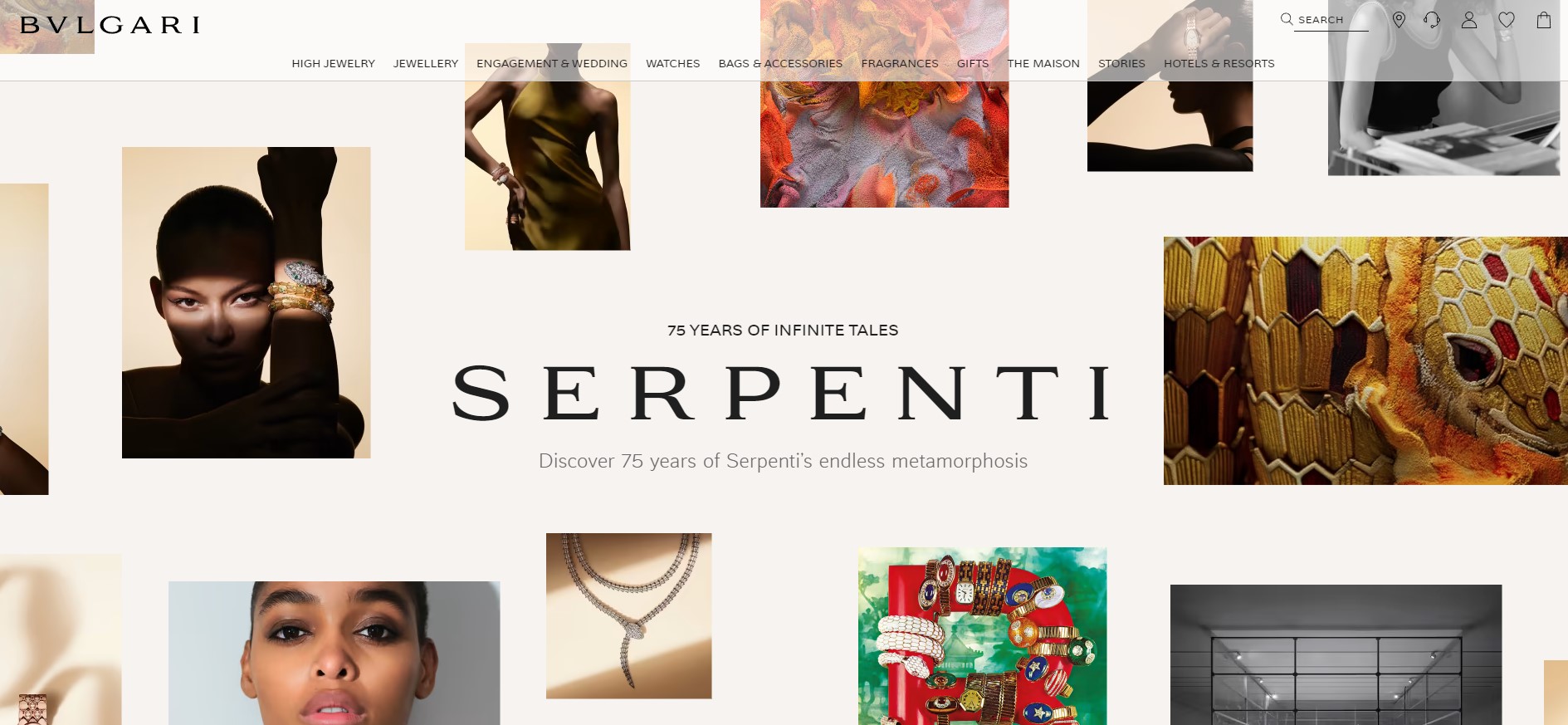
Typefaces And Fonts
High-end brand design style uses typography that is clean, sharp, and elegant, emphasizing the brand’s luxury and sophistication.
A branding agency can help in selecting sharp and minimalist typefaces that convey luxury and sophistication.
The key characteristics of this style include:
- Sharp and minimalist typefaces: Sans-serif or serif typefaces that are sharp, clean, and minimalist in style.
- These typefaces convey a sense of modernity, precision, and sophistication, which are essential qualities for luxury brands. The color saturation of these typefaces can also play a crucial role in conveying a sense of modernity, precision, and sophistication.
- Overflowing calligraphy style: Some businesses may also use overflowing calligraphy-style typefaces for a more dramatic and elegant effect.
- These typefaces are often used for headings, titles, or other prominent brand elements, conveying a sense of luxury, exclusivity, and refinement.
- Extinct and relatively inflexible typefaces: Typefaces that are extinct or relatively inflexible, such as vintage or traditional fonts.
- These typefaces add a sense of heritage, history, and tradition to the brand, creating an overall perception of uniqueness and opulence.
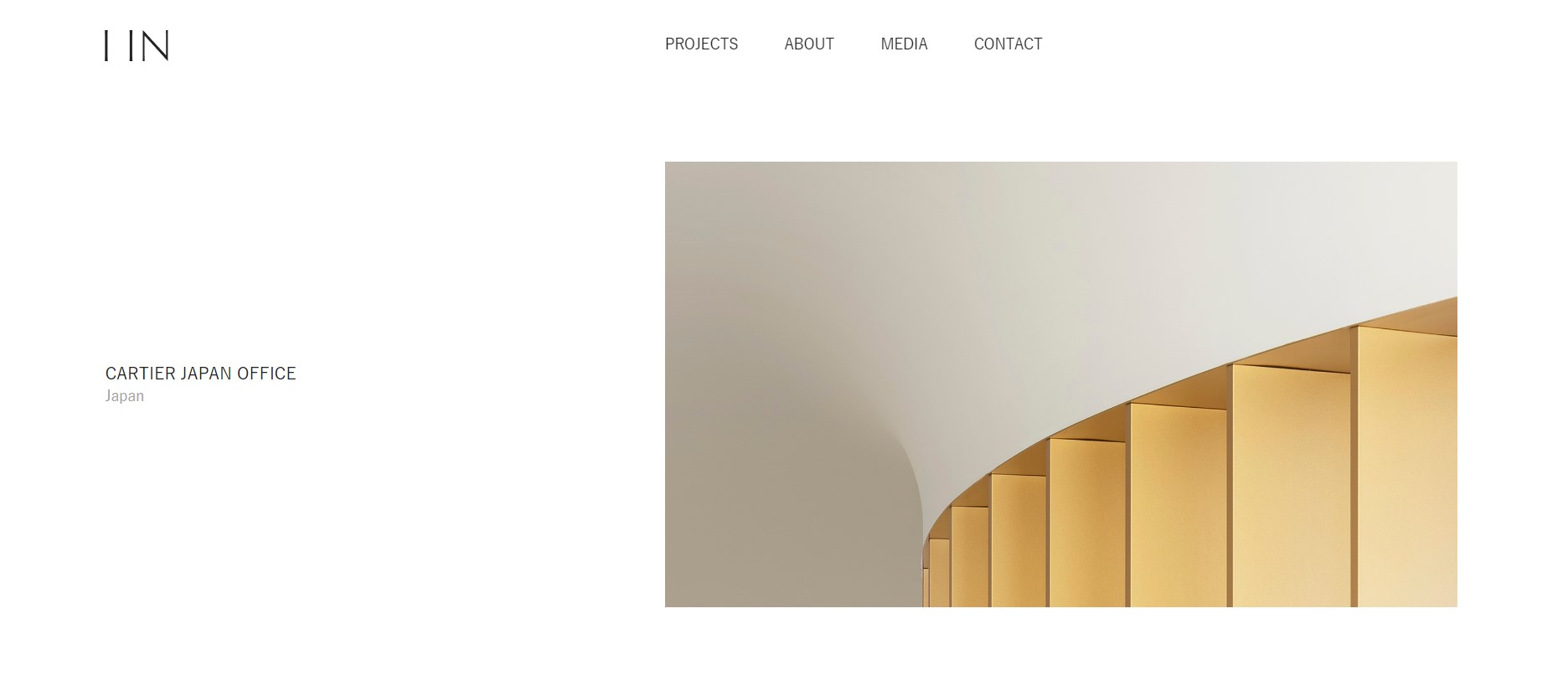
I-In.jp high-end brand identity and its typefaces
Luxury Patterns
This design style is characterized by its use of strong and straightforward patterns, often with a geometric design.
These patterns convey a sense of sophistication, are popular luxury brands, and are often used to build a bold and memorable brand image. Understanding color theory is essential in selecting the right colors for these patterns to ensure they convey a sense of sophistication and luxury.
In terms of shape, Group 4 patterns often incorporate sharp angles and straight lines to make a clean and precise look. Geometric shapes such as squares, triangles, and circles are common in these patterns, and they are often arranged regularly and symmetrically to develop a sense of order and balance.
The use of negative space is also common in Group 4 patterns, creating a blank space with a minimalistic and elegant feel.
The patterns can be presented in monochromatic or high-contrast color palettes, with shades of black, white, or metallic tones adding to the luxurious feel. Luxury patterns often include just a hint of metallic tones to add to the luxurious feel.
Luxury patterns are often used in a range of brand materials, such as product packaging, promotional materials, and advertising. They are particularly well-suited for various luxury goods, fashion, jewelry, watches, and cars, as well as premium services such as high-end hotels and resorts, gourmet food, wine, and spirits.
Learn more: How To Choose a Brand Pattern For Your Brand

Sarah Shuttle luxury brand studio pattern
Design Style For High-End Branding
Design Style
The design here leaves a bold and strong impression.
Intense colors and layouts are presented powerfully. Pure, intense, and cold colors and visuals are dramatic and geometric. Calligraphy and scripts are very expressive and purposeful. Illustrations can be detailed and simple, but they are impressive.
Luxury brand identity style is characterized by a bold and powerful design that aims to reflect a strong impression on the audience. A French fashion house like Chanel exemplifies the bold and powerful design style of luxury brands.
This design style employs intense colors and layouts to convey the brand’s luxury status and exclusivity. The use of pure, intense, and cold colors and visuals creates a dramatic and geometric effect, which further emphasizes the brand’s confident and self-assured personality. Using a color palette generator can help in selecting the right colors that reflect the brand’s luxury status and exclusivity.
Illustrations used can be both detailed and simple, but they always aim to be impressive.
The use of illustrations highlights the quality and craftsmanship of its product’s finest materials or services.
Learn more: How To Choose Brand Illustration Style For Your Business.
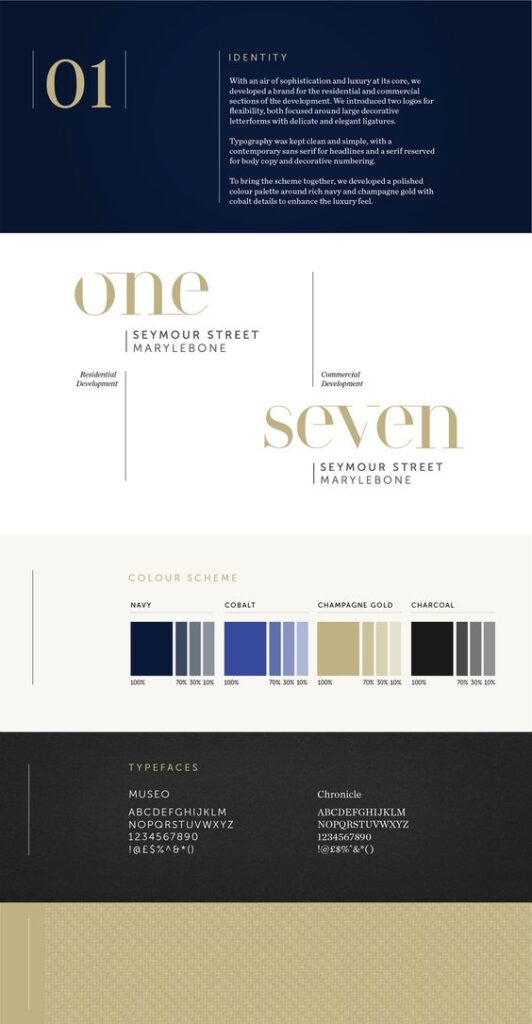
Luxury Color Palettes and Color Scheme Theory
Luxury brand colors are pure hues with no added white, gray, or black.
Cool, clear, crispy colors. Black, snow-white, neon colors. The color wheel is a useful tool for understanding the relationships between colors and selecting the right hues for luxury branding.
- Pure hues: Premium marketing often uses pure hues with no added white, gray, or black. These pure colors develop a sense of vibrancy, intensity, and saturation, which are essential qualities for luxury brands.
- Cool, clear, and crisp colors: The colors used are often cool, clear, and crisp, such as shades of blue, green, and silver. These colors convey a sense of precision, modernity, and sophistication, which are important for luxury brands.
- Black, snow-white, and neon colors: Exclusive brand identity may also use black, snow-white, and neon colors for added dramatic effect. Black and white convey a sense of elegance and sophistication, while neon colors create a sense of energy, excitement, and boldness.
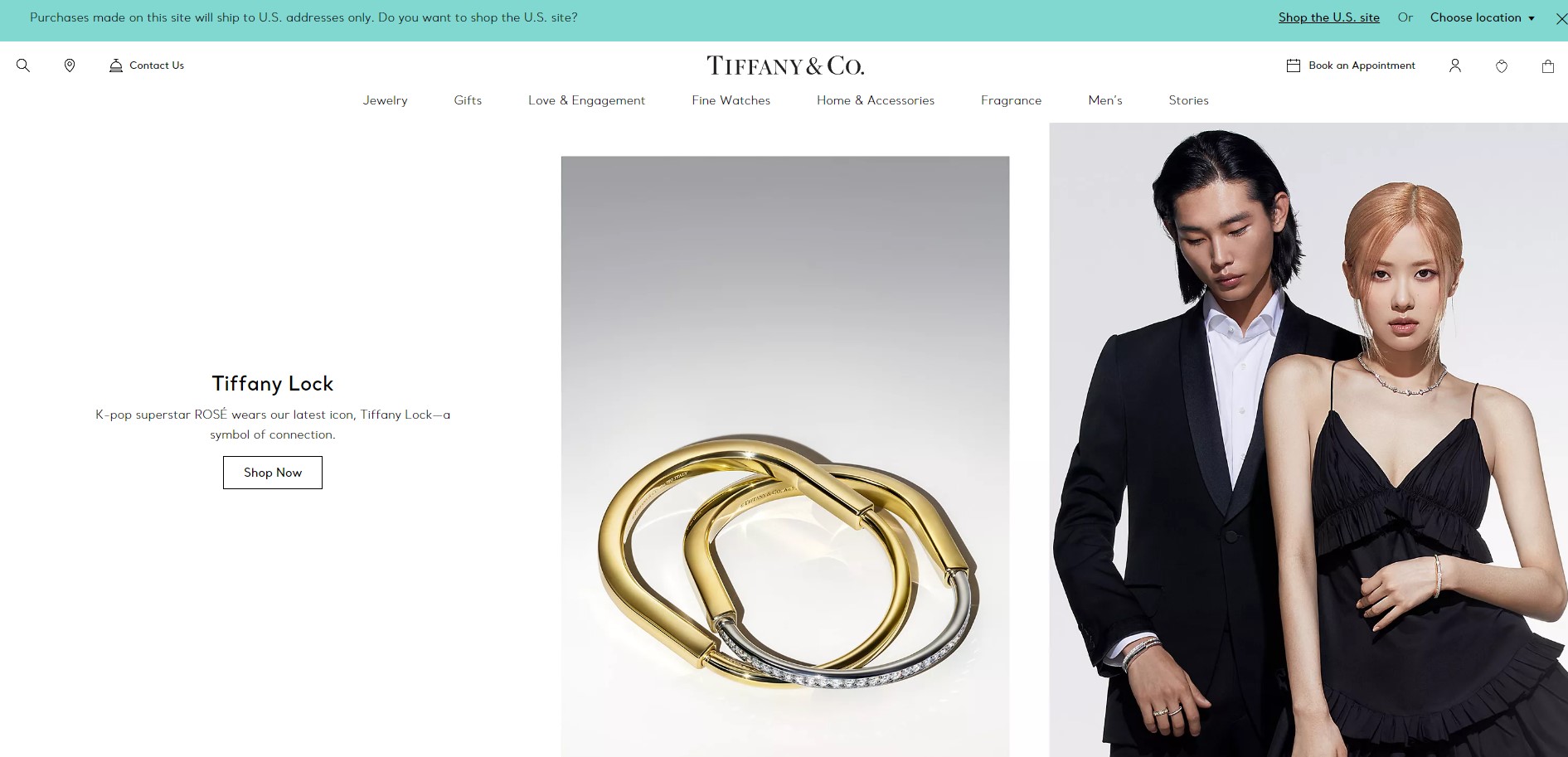
Luxury Color Palette
This palette consists mainly of evident hues, and the overall impression is cool.
There is a strong hand-in-hand contrast between pure colors, extreme shades, and tints. Pastels are not found here. This only group includes white space black, polar white, and neon colors.
You can find magenta, shocking pink, Persian orange, pistachio, lemon yellow, cyan, royal blue, ice blue, midnight blue, indigo, and royal purple. Supporting neutrals are black, white, charcoal, and silver-gray. No beige, cream, or other subtle tones.
The luxury color palette is dramatic and powerful. Nothing subtle is found, only crystal clarity and strength. Navy blue can be used as an accent color to add a touch of luxury to the overall color palette.
Staying current with color trends can help in selecting colors that resonate with contemporary luxury aesthetics.
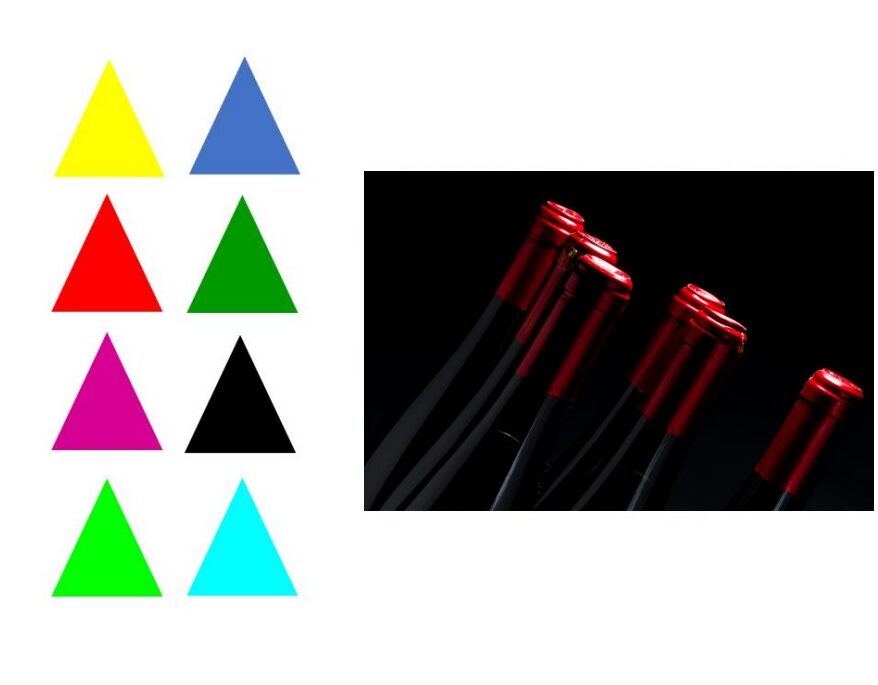
Luxury Logo Design
A luxury brand typically features a strong and straightforward design, often incorporating geometric shapes such as squares, triangles, and circles.
The logo may have sharp angles and straight lines to create a clean and precise look, with negative space used to free space and give a minimalist and elegant feel.
The logo may be presented in monochromatic or high-contrast color palettes, with shades of black, white, or metallic tones adding to the luxurious feel. It may also incorporate a subtle use of gold or silver to convey a sense of prestige.
Typography in a high-end logo is often sharp and minimalist, with sans-serif or serif typefaces that are extinct and relatively inflexible.
The typography may be used to spell out the brand name, or it may incorporate initials or an abstract symbol to represent other forms of the brand.

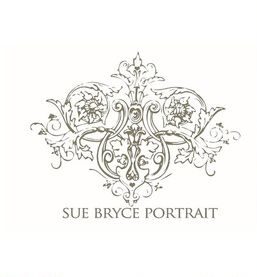
High-End Brand Language
Your company uses a minimal and straightforward but rather vigorous way of communication.
Straightforward and right-to-the-point call copy on the website, in social media, in promotional materials, and in direct communication with customers.
Luxury brand language is characterized by a minimal and straightforward approach that conveys a sense of confidence, and sophistication.
Use straightforward and right-to-the-point copy in all its communication channels, including the website, social media, promotional materials, and direct communication with customers.

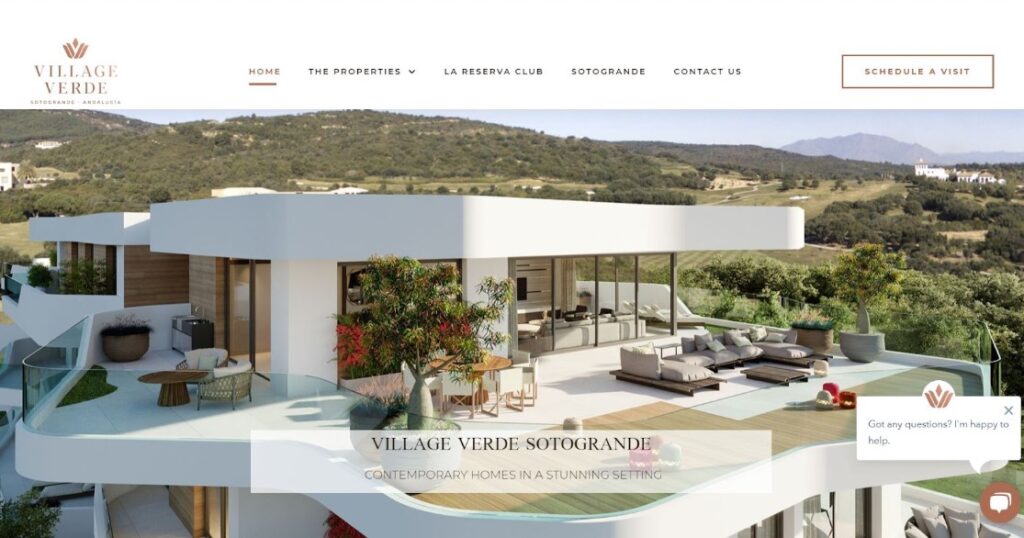
Luxury Marketing Strategy
Creating an effective luxury marketing strategy is crucial for high-end brands looking to attract a particular type of discerning clientele.
Luxury color palettes play a significant role in creating a sense of opulence and exclusivity.
While the specific tactics may vary depending on the various product categories, markets, and target audiences, the core principles are the same across the board. Here are some of the key marketing strategies that successful luxury brands employ. These strategies are more than just a visual treat; they express personality, mood, and status.
Upscale brands often use these strategies to convey elegant luxury and sophisticated style.
1. Understand the Luxury Consumer:
The first step in developing a luxury marketing strategy is to truly understand your target audience.
Luxury consumers are not a monolithic group. Their motivations, desires, and preferences vary, and understanding these differences can inform your strategy. The most successful luxury brands have an intimate understanding of their customer’s lifestyles, aspirations, and purchasing triggers.
They know that many brands of their customers are looking for more than just a product or service; they’re buying into a particular lifestyle, an identity or brand story, a concept, or a status symbol.
2. Create a Unique Luxury Brand Identity:
It is all about exclusivity and distinction.
Your brand must stand out from the competition and resonate with your target market. To achieve this, it is essential to develop a unique and strong brand identity that consistently communicates your brand’s values across all touchpoints.
This could be in the form of a signature style, craftsmanship, heritage, or even the story behind your brand.
3. Emphasize Quality and Craftsmanship:
The luxury consumer is not simply buying a product; they’re investing in an experience.
They’re drawn to the history, craftsmanship, and quality behind the brand. They appreciate the time, skill, and detail that goes into creating the product. So, as part of your strategy, be sure to highlight these elements. Louis Vuitton, for a perfect example, is renowned for its superb craftsmanship and attention to detail.
Use storytelling to communicate your idea and the expertise that goes into each product or service you offer.
4. Leverage Scarcity and Exclusivity:
One of the most effective strategies in luxury marketing is to make use of scarcity and exclusivity.
Limited editions, private sales, and member-only access give a sense of exclusivity that appeals to the luxury consumer.
The idea and value of owning something unique or hard-to-get can add significant value in life in the eyes of these consumers.
5. Personalization:
Personalization is a powerful tool in luxury marketing.
Luxury consumers expect personalized experiences that align with their individual tastes and preferences. This can range from personalized shopping experiences to custom-made products.
Personalization not only enhances customer satisfaction but also helps to build long-term customer loyalty.
6. Luxury Digital Marketing:
In today’s digital age, luxury brands must establish a strong online presence.
A well-executed digital marketing strategy can increase brand visibility, improve customer engagement, and drive sales.
This includes a sophisticated website, strong SEO, targeted social media and digital marketing strategies, and a high level of quality content marketing and ads, that maintain the brand’s luxury appeal.
Understanding color psychology can enhance digital marketing efforts by selecting colors that evoke the desired emotions and perceptions.
7. Social Media For High-End Products and Services
Social media for luxury labels requires a specific approach that aligns with the brand’s sophisticated and exclusive image.
The content shared on social media needs to be visually stunning, aspirational, and evoke a sense of exclusivity, luxury, and sophistication.
Luxury brands may leverage social media platforms to showcase their products and services, using high-quality images, videos, and other multimedia elements to highlight the unique features and benefits of the brand.
It is essential to build a cohesive and consistent brand image across all social media and online platforms, reinforcing the brand’s position as a market leader and a symbol of luxury and sophistication.
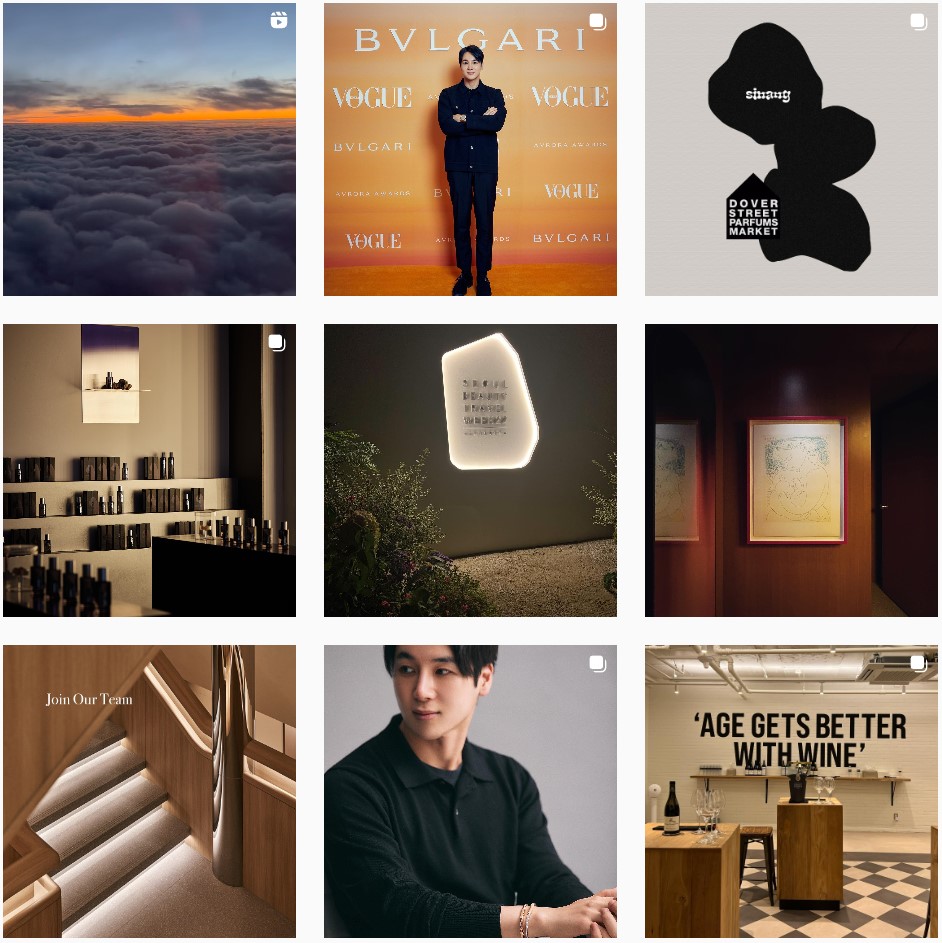
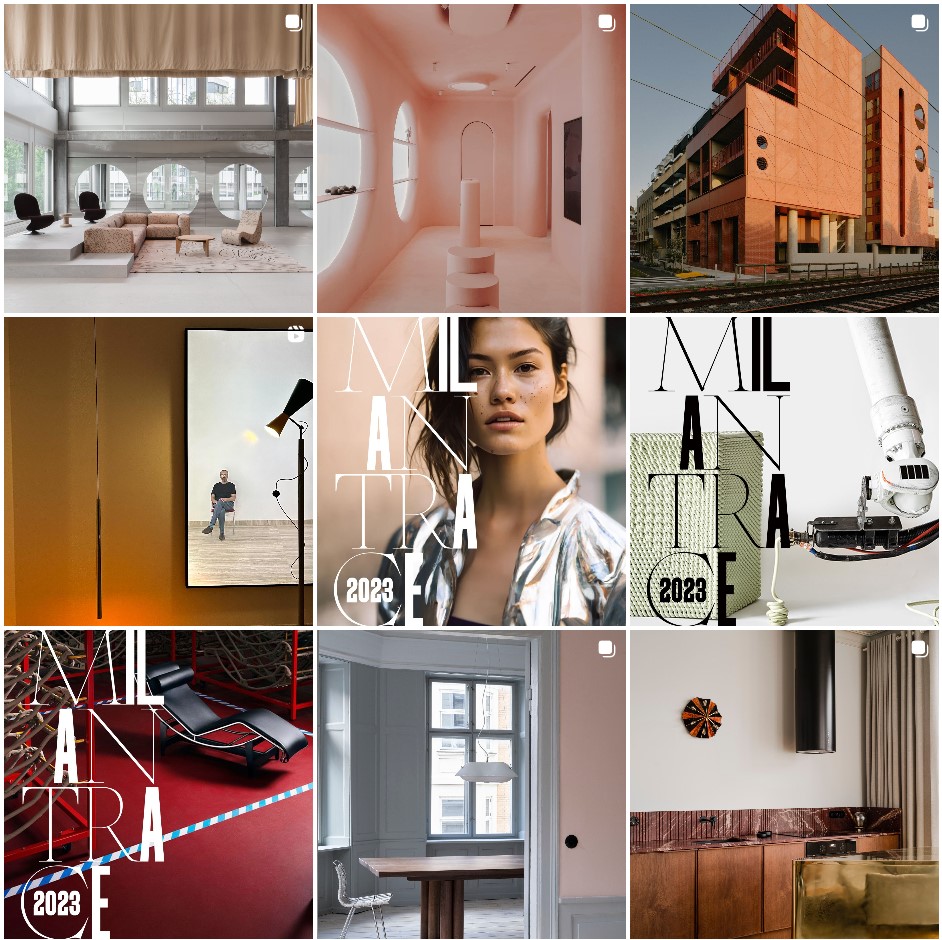
Conclusion
In conclusion, luxury brands are characterized by their strong, exclusive, and sophisticated image, which is best suited for luxury and high-end businesses.
This style uses a minimalistic approach with bold geometric patterns, sharp lines, and a cool color palette to convey a sense of exclusivity and sophistication.
Luxury branding revolves around the creation of an exclusive community that resonates with the allure and charm of opulence.
It’s a world where luxury items with high price tags are seen as symbols of status and sophistication.
Learn More About Branding
How To Choose The Right Brand Designer
Brand Anatomy – What Is It, And What Are Its Key Elements?
What is Visual Branding and How It Can Help Your Business
And read all about the psychology of colors in logos and branding.
Last Updated on 13/05/2025 by Victoria Silber



